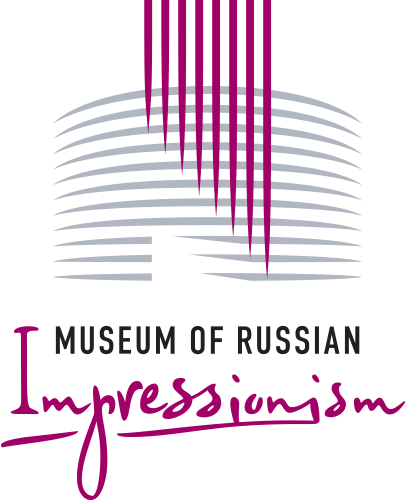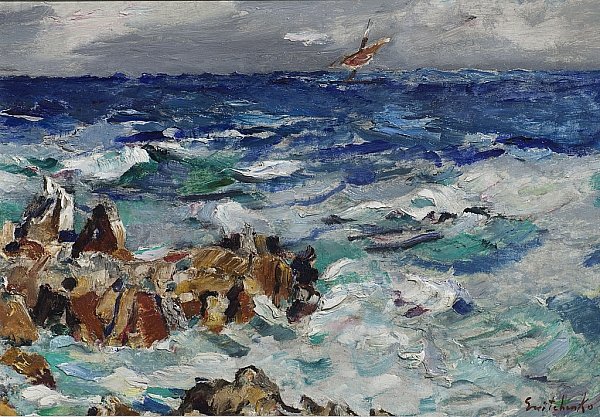Alexei (Olexa) Grishchenko
29.03.1883 - 28.01.1977
“The Ukrainian bandit”: the nickname Alexei Grishchenko earned from the French bohemian crowd. The famous painter and sculptor Fernand Léger was among the admirers of this daring Russian artist of Ukrainian descent. Born into the family of a banker, Grishchenko was orphaned at a very young age. He was still, however, able to attend universities in three capitals, St. Petersburg, Moscow and Kiev, and receive a degree in biology. In 1908, in search of a vibrant cultural community, he decided to settle in Russia and took up residence in Moscow. There Grishchenko took art classes from the famous artists Konstantin Yuon and Petr Konchalovsky and studied ancient Russian art. He traveled to Europe and fell in love with Impressionism, and later Cubism and Fauvism. Grishchenko actively showed his work at exhibitions of contemporary art in Moscow and Petersburg, but fame continued to elude him. In 1919 the artist left Russia forever: travelling via his native Kiev and through the Black Sea port of Sevastopol, he made his way to Constantinople, and from there to France. Grishchenko’s life as an immigrant was a happy one. He painted mostly landscapes, married a French woman, and traveled extensively to Italy and Spain. In 1924 he moved to Cagnes-sur-Mer, where Pierre-Auguste Renoir had spent the last few years of his life; naturally, the vibrant and sunny South of France could not but influence Grishchenko’s art. Grishchenko participated in both the Autumn Salon and Salon of Independent Artists, which had been popular with impressionists, and from the early 1920s to the 1960s had solo exhibitions in Paris, Madrid, Barcelona, Stockholm, Strasburg, and Toronto. Following the artist’s will, in the late 1970s all his works, which included oil paintings, watercolours, books, notes and technical drawings, were handed over to the Alexei Grishchenko Foundation that had been established for this purpose at the Ukrainian Institute of America in New York. Thirty years later, the artist’s oeuvre was returned to his native land and is now housed at the National Art Museum of Ukraine.




